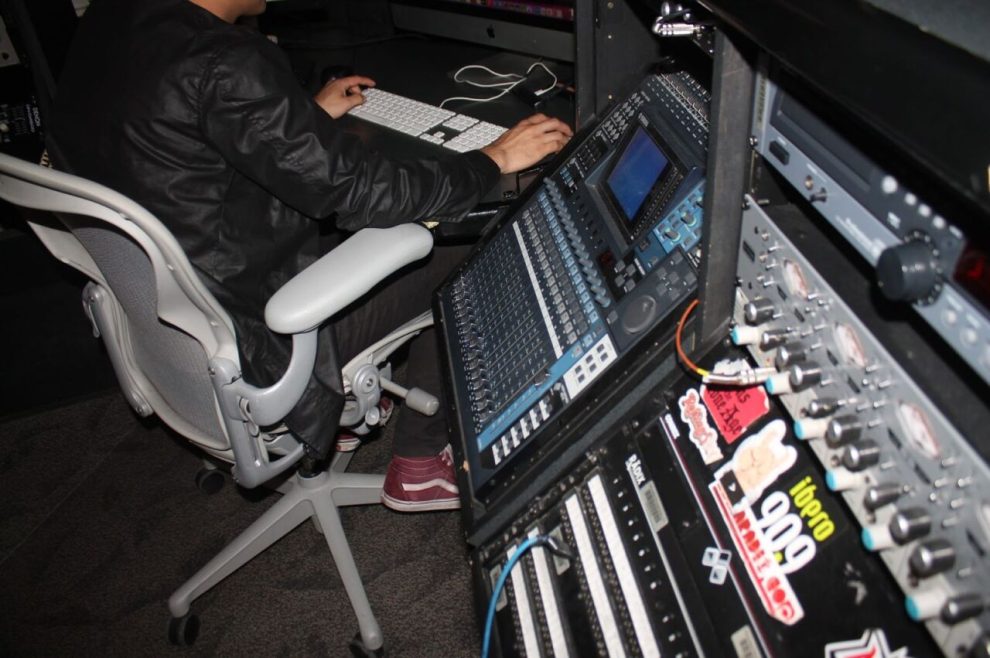“Radio offers that opportunity to listen to other things that you don’t have to know exist. It is a space where students learn to produce and voice content, something that Spotify cannot offer,” said Erika Leal, architecture graduate, volunteer and now collaborator in the musical area at Ibero 90.9.
However, like many industries, technology has impacted these types of projects, since with the emergence of streaming services, university radio stations have faced significant challenges.
Platforms such as Spotify and Apple Music have transformed content consumption and now young people are increasingly opting for personalized and on-demand services. However, many college stations have adapted, offering online streams, podcasts and exclusive content on their websites or apps. This allows them to reach broader audiences and remain relevant among younger users.
“I think radio has things that streaming can’t offer. I hope that the new generations see that the radio is still valid, not only as something from the past or for those who are in the car, but as a medium that is still relevant,” said Daniela Rivero Borrell, one of the students who collaborates in Ibero 90.9.
Some stations have begun to collaborate with streaming platforms, creating themed playlists, or even generating exclusive content for those services, which has helped diversify their audiences and stay in tune with current technological trends. Although the competition is intense, the university radios are still relevant by the type of content they offer: educational, cultural and non-commercial.
For example, in the case of radio Ibero, it was a community radio project that was only heard in Santa Fe and that 21 years ago became Ibero 90.9, after changing to FM it became the hotbed of University students who Later they dedicated themselves to voice-over work for other stations.
Radio UNAM, founded in 1937, is the oldest university station in the country. Since its creation, it has been a pioneer in the transmission of cultural and academic content, standing out for giving space to the voices of students and teachers.
It has allowed experimental art and culture proposals to have a direct channel to the general audience, facilitating constant contact between academia and society. It has also been a means for students to train in the field of radio production and broadcasting, helping future journalists, communicators and content creators to perfect their skills.
Another example is Radio UDG, from the University of Guadalajara, which has played an important role in the dissemination of topics related to education, science and culture in the west of the country.
These stations have been essential for students to find a space to show their talents, from creating radio programs to producing content ranging from music and art to science and politics.

![[Img #74129]](https://thelatestnews.world/wp-content/uploads/2024/10/Can-plants-hear-150x150.jpg)









![[Img #74129]](https://thelatestnews.world/wp-content/uploads/2024/10/Can-plants-hear-300x200.jpg)
![[Img #74136]](https://thelatestnews.world/wp-content/uploads/2024/10/Life-associated-with-ice-on-Mars-300x200.jpg)
Add Comment